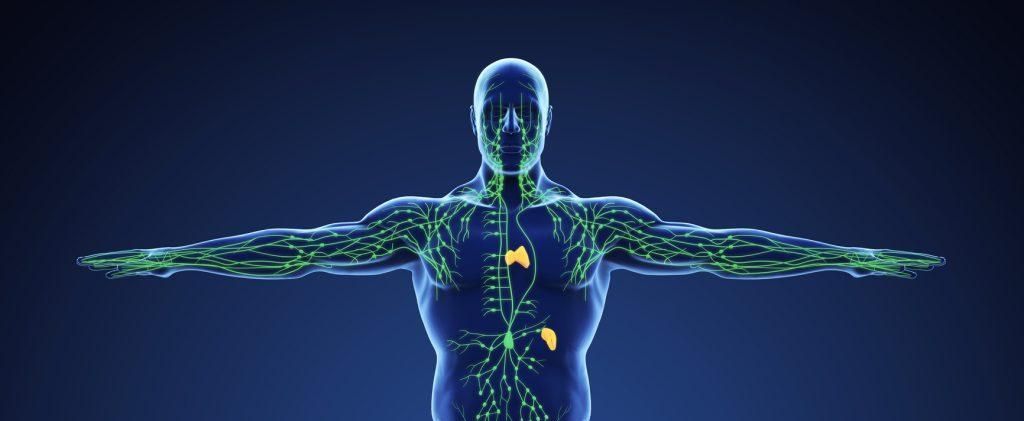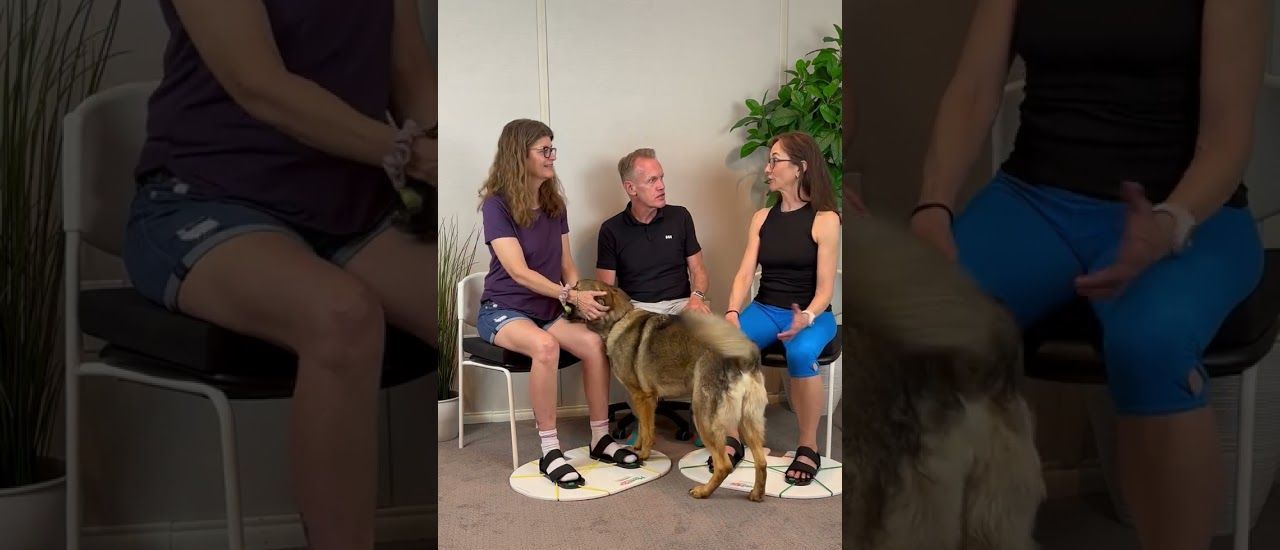8 Ankle Exercises to Walk Steadier and Faster
Are you concerned about losing your ability to balance and walk smoothly? Improving your ankle mobility is arguably the fastest way to move steadier and stronger with more confidence. That’s because when you walk, your ankles control the movement of your feet. Ankles and feet need to be able to move freely in all directions across all three planes of motion to become a mobile adaptor of the ground beneath your feet and then instantly transition to become a stable platform to push toes off of the ground with stability, speed and power.
With age, injury or disease like arthritis or diabetes, joint range of motion is gradually lost, especially at ankles, and is a root cause of why it becomes more difficult to walk, balance and prevent falls.
Ankles are the foundation of the body, balance and movement. Increasing ankle range of motion is foundational to improve how you walk, move and feel. When you fix the foundation of an issue, you see the biggest movement improvements in the least amount of time.
What are the 3 Planes of Motion?
The three planes of motion are an anatomical concept that describes the direction of movement and can be thought of as imaginary dividers of the body. They include sagittal, frontal and transverse planes.
The sagittal plane divides the body into “right and left” halves and involves forward and back movements. Walking, squatting, lunging, pushing, pulling and carrying are examples of movements within the sagittal plane. These motions include “up and down” or “forward and backward.”
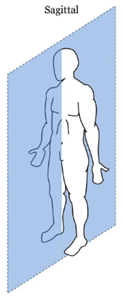
The frontal plane
divides the body in “front and back” and involves side-to-side movements. You are moving in the frontal plane as you step out of a car or bath tub.
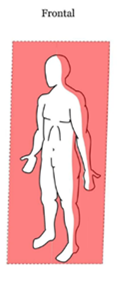
The transverse plane divides the body into “top and bottom” halves and refers to the body rotating or twisting to the right and left. Swinging a golf club, tennis or pickleball racquet and yoga poses like Warrior on that twist the body are examples.

Gait is a Triplanar Activity
Gait is basically your pattern of walking. With each step you take, ankles and feet need to move through all three planes of motion too! Triplanar is a simple way to describe the 3 planes of motion. With each step you take, ankle, lower leg and foot are all working together to create triplanar movement that is needed for the foot to quickly transition from a mobile adaptor position (pronation) to a stable platform (supination).
What is Pronation & Supination?
Pronation and supination are natural motions of the foot that occur with each step. Pronation and supination allow the foot to instantly transition from being a mobile adaptor to a stable platform, respectively. Each time your heel touches down to the time toes push off from the ground, your foot is tasked with being mobile enough to adapt to the varied terrain then to becoming a rigid lever to generate stability, speed and power.
With pronation and supination being foundational for walking, improving these ranges of motion is how you can experience the biggest movement improvements most efficiently. This way you can feel more secure, stable and confident in less time.
Pronation is a Triplanar Motion
Pronation is the rolling motion of the foot to the inside edge (arch down). When your foot is in a pronated position, the foot joints are more open as the foot flattens and the arch lowers. This allows your foot to absorb shock, adapt to the ground while also accepting the weight of the body.
Pronation occurs through a combination of ankle motion that includes dorsiflexion (sagittal plane), forefoot abduction (transverse plane) and eversion (frontal plane). This means the ankle needs to be able to lift toes toward the shin, point the toes away from midline and lift the sole of the foot outward to become a mobile adaptor.
Pronation is a combination of ankle dorsiflexion, forefoot abduction and eversion.
Supination is a Triplanar Motion
Supination is when the foot rolls to the outside edge (arch up). When your foot moves into a supinated position the foot joints move closer and parallel to each other creating a rigid lever needed to propel the body forward with stability, speed and power.
For supination to occur, the ankle needs to be able to plantar flex (sagittal plane), adduct the forefoot (transverse plane) and invert the heel (frontal plane). This means that the ankle needs to be able to lift the heel towards the calf, point the toes towards midline and lift the sole of the foot inward to become a stable platform.
Supination is a combination of ankle plantar flexion, forefoot adduction and inversion.
Pronation & Supination: Foundation of Gait
With pronation and supination being the foundation of gait, strengthening ankles in all directions across all planes of motion can improve your ability to meet the “triplanar” demands of walking. This way you can feel steadier, stronger and move faster with each step.
8 Ankle Mobility Exercises to Walk Steadier, Stronger & Faster
Seating tall in a stable chair with hips aligned with or slightly higher than knees, perform these ankle exercises daily without resistance or 2-3 non-consecutive days per week with the MoveMor Mobility Trainer. Perform 5-15 repetitions, hold each repetition for 2-3 seconds.
1. Dorsi-flexion
Lift and lower toes
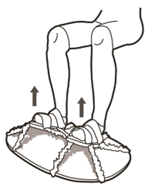
2. Plantar flexion
Lift and lower heels
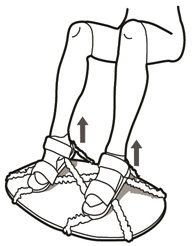
3. Forefoot Abduction
Point toes inward and back to center

4. Forefoot Abduction
Point toes outward and back to center
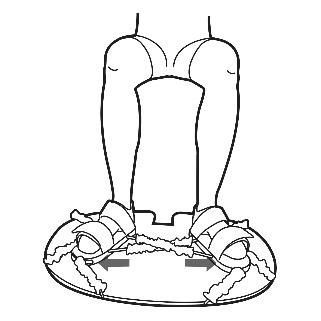
4. Inversion
Rotate toes inward, lift soles inward, return to center
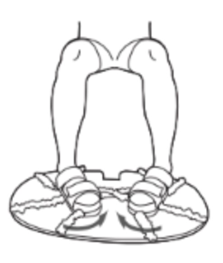
6. Eversion
Rotate toes outward, lift soles outward, return to center

7. Pronation
Roll ankles inward onto inside edge of foot, return to center
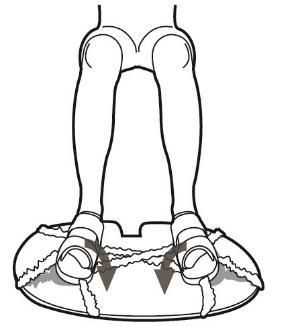
8. Supination
Roll ankles outward onto outside edge of foot
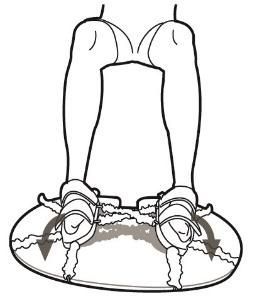
Want to walk, move and feel better in less time?
MoveMor can get you there faster with 12-points of resistance, tight tissues can be lengthened, weak muscles strengthened, and better foot and ankle alignment can be restored in as little as 10-20 minutes per week. Better balance, ankle flexibility and faster walking speed means you can be more agile in everyday life and quicker to prevent a traumatic injury or fall. Get started today!
Improve your ankle mobility in 5 minutes with our exercise video “Take 5: Fix Your Foundation” We would love to hear what you think!





